Over the course of this spring I've developed a rather obsessive fascination with trying to discover and identify an overshooting Mediterranean Flycatcher (Muscicapa tyrrhenica), which has proven really interesting.
It's been quite challenging at times but I found what in my eyes look to be a few really nice-looking candidates. The taxonomy is rather confusing as is the field identification but here I will summarise, to the best of my abilities, what I have read and learned so far. This article was originally written to try to clarify things in my own mind, and I am very much aware that there is a lot of work still to be done on the taxon, with a large publication also in the pipeline.
However, this is intended to serve as a basic, straightforward guideline to picking up Mediterranean Flycatcher in a vagrant context, and perhaps this will be of interest to those based on more northerly shores, who are on the lookout for this potential vagrant.
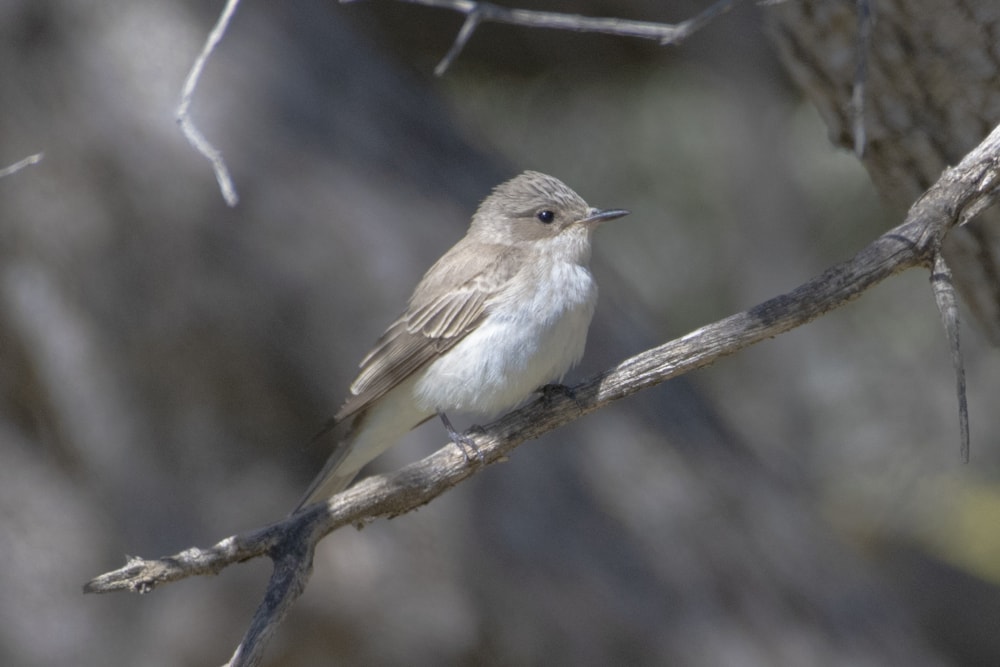
Mediterranean Flycatcher has recently been split from Spotted Flycatcher and elevated to species level by the IOC. The two recognised subspecies can be found on the Balearic Islands, Corsica and Sardinia (Ed Stubbs).
What are they?
Mediterranean Flycatcher was recently elevated to species status by the IOC after being split from Spotted Flycatcher, which is of course a familiar (if declining) species throughout much of Europe, including Britain and Ireland. It is also known as 'Tyrrhenian Flycatcher', and two subspecies are recognised:
- M t balearica, which is known to breed only on the Balearic Islands
- M t tyrrhenica, which breeds primarily on Corsica & Sardinia
What are the field characteristics?
Here is a summary of features in my own words based on a series of papers, blogs and webpages I've found online, as well as my own recent observations of birds encountered in the field. As I am birding in Catalunya, I focus only on balearica.
- Crown streaking: The crown is often noticeably marked with prominent white streaks (ground colour), as opposed to the brownish/greyish streaks of Spotted Flycatcher (see fig 7).
- General paler/greyer appearance: Balearic birds appear quite cold and clean-looking. Spotted Flycatcher appears warmer/browner in general.
- Highly reduced/lack of streaking on breast: Typical Spotted Flycatchers tend to be heavily streaked, which contrasts to the clean white breast (sometimes with minimal, more blotchy streaks in the upper breast) of balearica (see figs 1, 5, 7).
- Shorter primary projection: Primary projection is generally shorter than – or at most equal to – the length of the tertials (see bird in fig 7). In striata, primary projection is longer than the tertial length. Furthermore, the second primary falls between fifth and sixth in balearica, but between the fourth and fifth in striata (Viganò & Corso, 2015).
- White underwing coverts: Clean white underwing coverts seem to be an important clinching feature (see figs 2, 3, 6, 8-9). This contrasts to the darker ochreous/brown tinged underwing coverts of striata. I think this is very difficult to judge in the field and good photos in correct lighting are absolutely vital. If the wing is backlit or the underwing coverts are at an angle whereby they are shaded, the resulting photo can be misleading and make them look darker than they actually are.
Occurrence in Catalunya
Catalunya is well placed to receive overshoots of the taxon – and it does so every year. With a distance of just 215 km between Barcelona and the nearest point of the Balearic Islands, this is not surprising. A reasonable number of birds are found each year, with 17 reported on the www.ornitho.cat website in 2019 at the time of writing. From mid-April there was a steady passage of Spotted Flycatchers through Delta del Llobregat, and I photographed and studied any individuals which showed characteristics of M t balearica. I have isolated three individual birds, which to my eyes look like very good candidates.
Candidate one
This bird was photographed on 30 April 2019 at Remolar Filipines, Delta del Llobregat. Unfortunately the bird remained in the shadow of a pine tree for a short period, where I could only photograph it at a moderate distance and against the light.
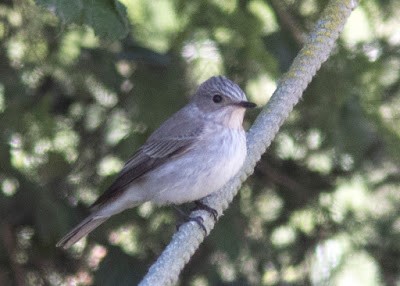
Fig 1: white ground colour of crown represented by white streaks, general pale colouration and general lack of streaking on breast first made me stop and photograph this individual (Seán Ronayne).
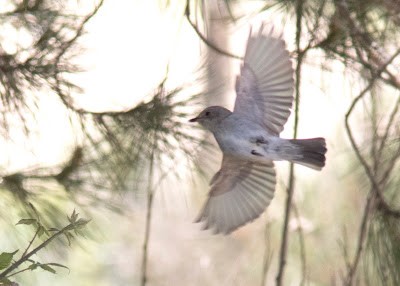
Fig 2: white underwing coverts visible, although shade/lack of direct sunlight taking from true clarity of white (Seán Ronayne).
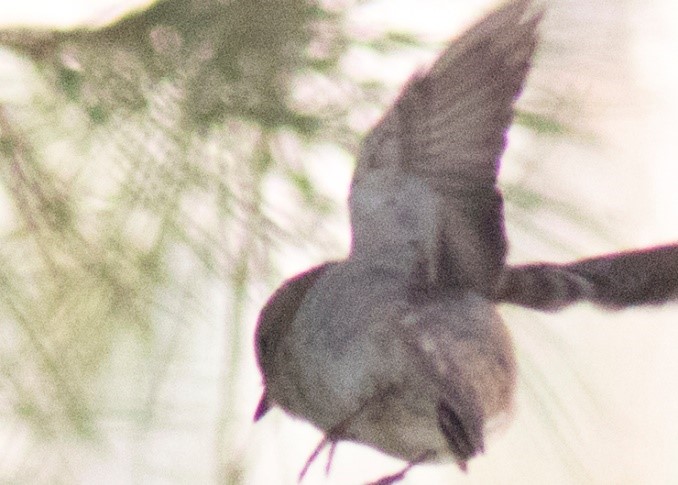
Fig 3: another view of the white underwing coverts (Seán Ronayne).
Candidate two
This bird was photographed close to sunset at La Murtra, Villacecans, on 5 May 2019. Again, this was a very pale, clean-looking bird which attracted further attention immediately. It was very difficult to assess the underwing coverts in the failing light in the field, but the pictures appear to show them as a clean white.
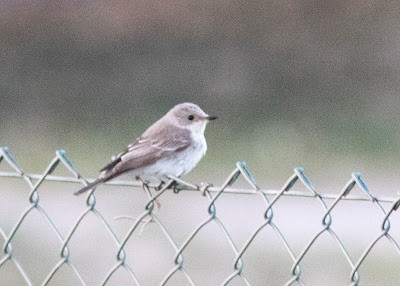
Fig 5: a pale-looking, unstreaked Muscicapa (Seán Ronayne).
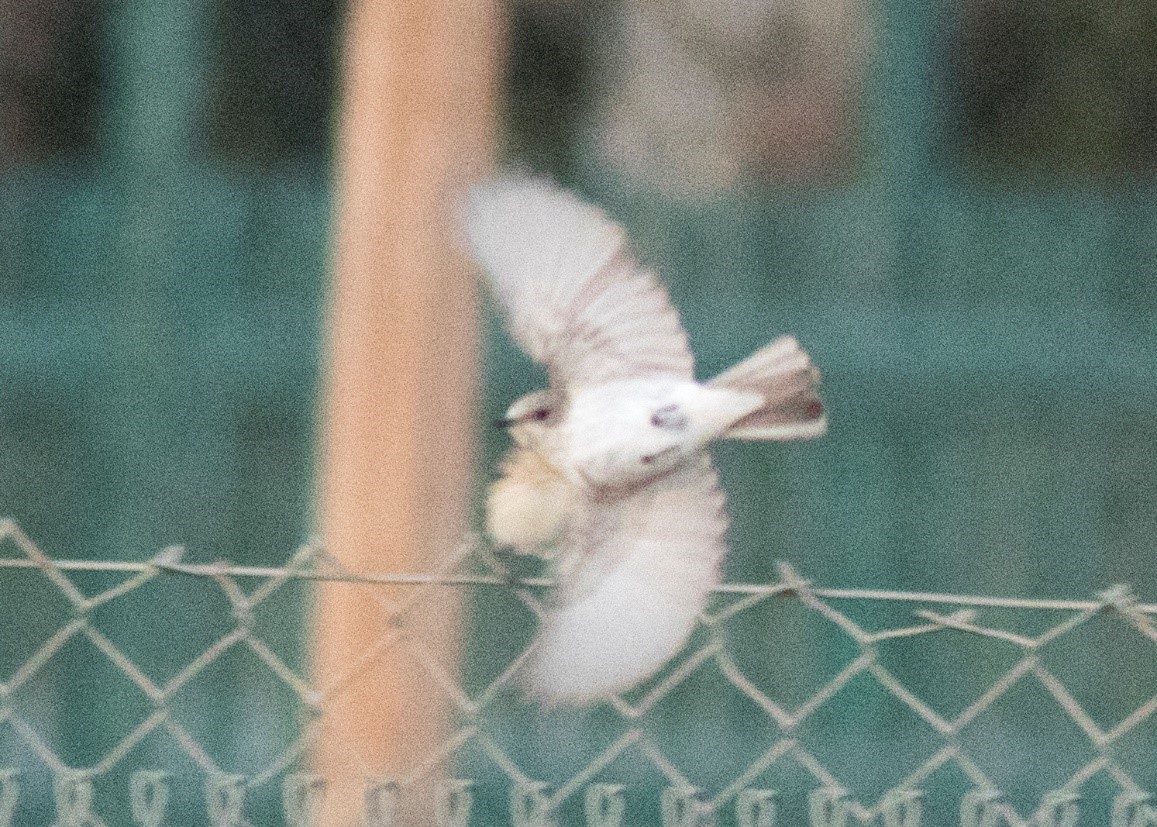
Fig 6: white underwing coverts visible (Seán Ronayne).
Candidate three
A bird that performed really well and looked very convincing in the field. I saw it on 9 May 2019 at Can Dimoni, Delta del Llobregat. It allowed a close approach in good light and it seems to tick all of the boxes. It's pale and unstreaked with an apparent short primary projection, exhibits pale head-streaking as well as white underwing coverts. Unfortunately my underwing shots are not particularly good, but they illustrate the point.
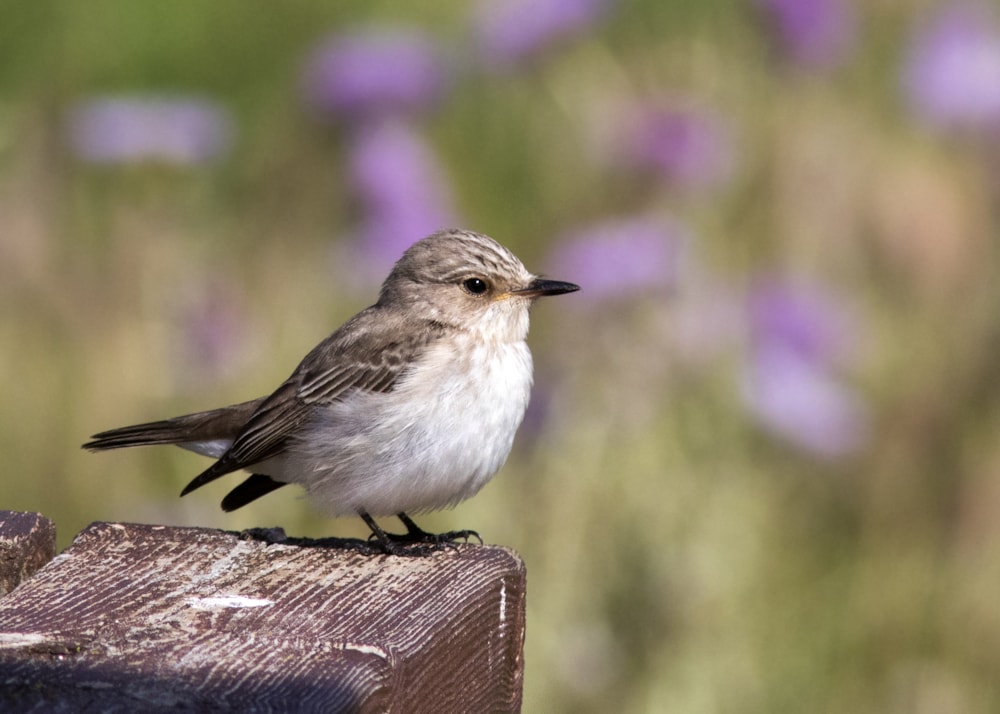
Fig 7: a very promising bird, being pale with an unstreaked breast, short primary projection and pale head streaking (Seán Ronayne).
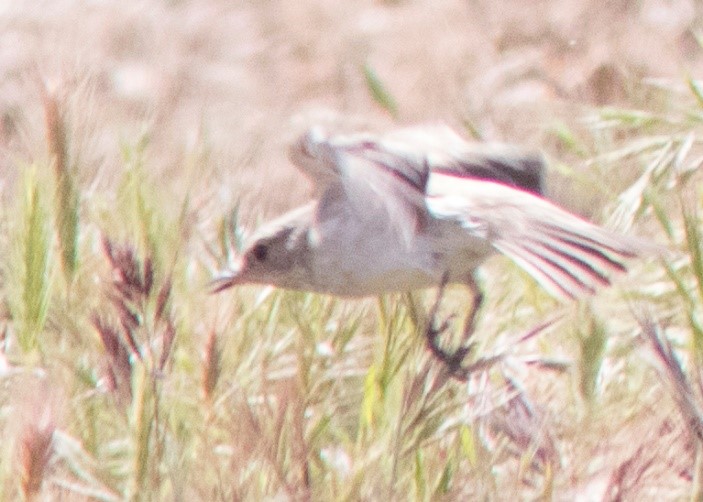
Fig 8: white underwing coverts visible (Seán Ronayne).
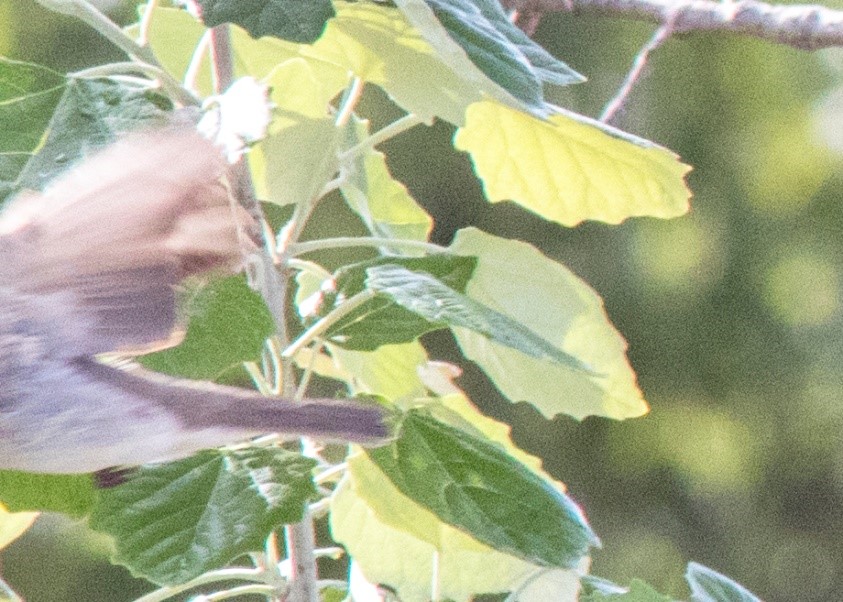
Fig 9: white underwing coverts again on show (Seán Ronayne).
Conclusion
To claim a Mediterranean Flycatcher with any certainty outside of the species’ usual range, at least until further studies are released, one needs to be very cautious, and take good photos and/or notes. The potential for vagrancy into North-West Europe must certainly be a possibility, if you consider the number of Catalan records per year, and the fact that badius Woodchat Shrike can and has made it several times, further strengthens this. If anyone has any thoughts on the subject in general, I would love to hear from you!
Further resources
The taxonomy and understanding of this taxon is still a work in progress, but there are some nice papers and write ups out there for those interested. Below is a summary (not exhaustive) list of what I have found online:
- Some very nice comparative pictures taken by Marc Illa.
- A very brief summary with some nice images.
- A very informative write-up with excellent comparative images by Andy Butler
References
Gargallo, G. 2019. Identificació de la subespècie balear de menjamosques (Muscicapa striata balearica). Anuari ornitològic de les Balears: revista d'observació estudi i conservació dels aucells; Núm 8.
Pons, J-M et al. 2015. The role of western Mediterranean islands in the evolutionary diversification of the Spotted Flycatcher (Muscicapa striata), a long-distance migratory passerine species. Journal of Avian Biology. 47. 10.1111/jav.00859.
Viganò, M & Corso, A. 2015. Morphological differences between two subspecies of Spotted Flycatcher (Passeriformes Muscicapidae). Biodiversity Journal. 6. 271-284.



